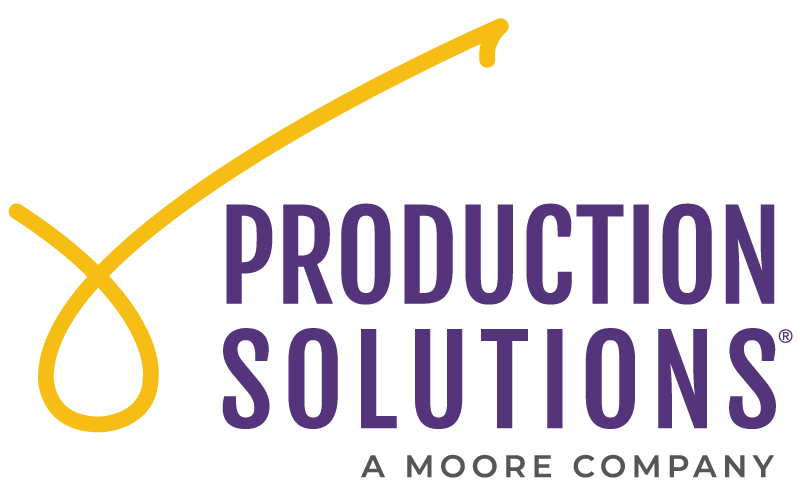Is there a “Monty Hall Problem” with your Lapsed Reinstatement budget?
 Production Solutions
Production Solutions
As the economy continues to recover, one of the key areas to review is your lapsed donor reinstatement strategy. Many of these donors would have continued their loyalty had the economy not dipped – this is a P1 area to turning around the file attrition and net revenue declines of recent years! Let’s take a look at the financial metrics of balancing your short term goals with long term gains as it pertains to managing your reinstatement budget and maximizing overall net revenue growth.
In recent budget years, the primary focus for many organizations has been on preserving immediate net revenue – I’ll call this the prize behind Door Number 1. There are significant opportunities to add significant mid and long term ROI by looking at the options behind Doors 2 and 3 as well.
To illustrate the difference in short term and long term impact of various lapsed program management scenarios, consider a hypothetical file of one million lapsed donors in the following three scenarios below where we assume a multi-channel program effort, an ongoing 30% cost of fundraising, and a $250 five year lifetime value per reactivated donor for illustrative purposes.
Scenario 1 prioritizes only short term net revenue from the current reinstatement program.
Scenario 2 manages to a goal of breaking even on reinstatement. There is significantly more long term net revenue over Scenario 1 gained by forgoing a small amount of short term net revenue.
Scenario 3 maximizes file growth and long term net revenue by determining an acceptable investment parameter based on lifetime value of a reactivated donor. In this example, a net investment of $13.33 is made per reactivated donor in order to reactivate 15,000 donors. Even factoring this investment, the long term incremental net revenue over both of the other scenarios is significant and more than makes up for that investment.
It is worthwhile to have a dialogue with your Executive Team and/or Board about a limited short term investment for a long term gain given the opportunity to build your file and net revenue much faster using this approach.
This is a similar view that commercial organizations take to customer acquisition in knowing they have to spend money to make money. There are a number of large national nonprofit organizations that have successfully stabilized, or even grown, their programs in this manner throughout the economic uncertainties of the last decade.
Other considerations with this budget approach:
- Consider the impact of your reinstatement budget towards your overall Cost of Fundraising.
- Work with your agency partners to ensure you have solid lifetime value metrics.
- Ensure your compliance language is clear if donors inquire about the % of funds going to the mission so that donors understand this program is building for the future.
- If a total budget makeover is not in the cards, consider carving out a 1-2 year test track to illustrate the value of scenario 2 or 3 to the bottom line.
- You can approach a major or corporate donor to designate their gift for investing in file growth initiatives given the long term payoff of this investment.
While there is not a one size fits all approach given each organization’s unique financial picture, this exercise is helpful to clearly define success with your leadership team and the partners working on behalf of your mission for improved goal alignment. As you look behind each ‘door’ at the opportunities to maximize file health, increase net revenue, and weigh the short term versus the long term impact, you create an important organizational conversation that over time can lead to significant more revenue to impact your mission.




